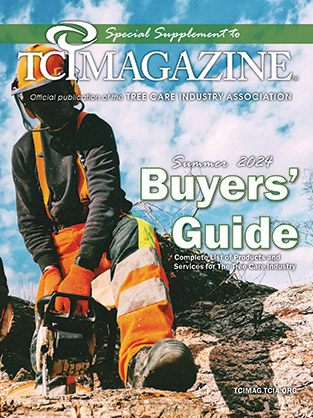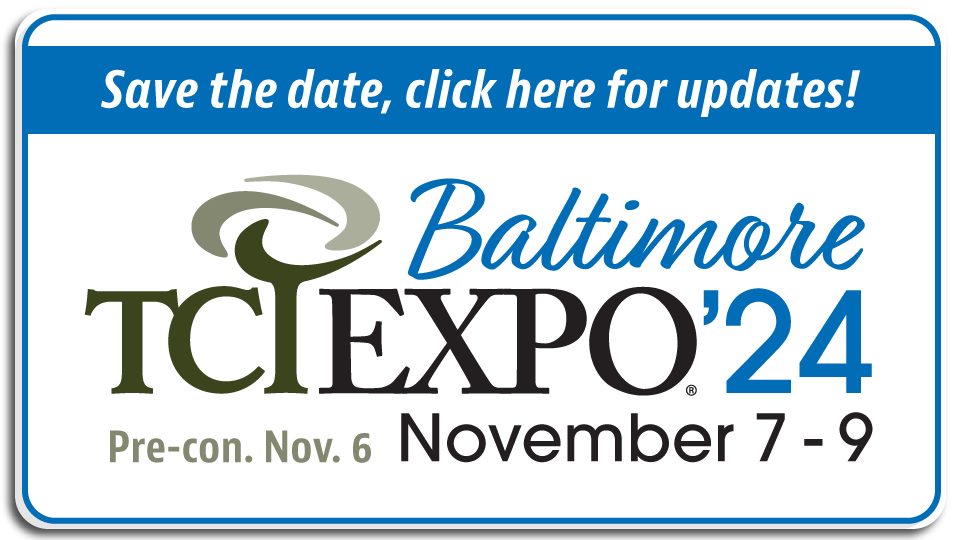Labor Policy Updates from the First Half of 2024

Jarosław Kwoczała/Unsplash
The Biden administration and the Supreme Court had a busy first half of 2024, issuing several regulations and court decisions that will impact labor and employment policy and required compliance for TCIA members. The TCIA government-relations team has put together the following updates on important issues to be aware of as we move through the second half of 2024.
SCOTUS
Chevron Deference
On June 28, the Supreme Court issued its decision in Loper Bright Enterprises v. Secretary of Commerce, overturning a legal precedent known as “Chevron deference” that has granted federal agencies flexibility in promulgating regulations since the 1980s. Chevron deference refers to federal courts’ deference to federal agencies when such agencies are tasked with promulgating regulations to enforce laws passed by Congress, with the inference that the federal agencies are experts in the field in which they are creating the regulations. With the recent Loper Bright Enterprises decision, federal courts may not defer to federal agencies’ interpretation of laws passed when creating regulations, limiting the flexibility granted to the agencies for about the last 40 years.
The decision means that agencies will be more constrained in the regulations they can put forth, and they will need to closely follow what laws explicitly allow the agencies to regulate. Congress will need to be more intentional when writing laws involving regulatory directives for federal agencies. TCIA’s government-
relations team is analyzing how this will impact current and future regulations from relevant federal agencies, including the Department of Labor’s (DOL’s) upcoming heat-injury-and-illness rule and others.
Regulations
Heat Illness and Injury Prevention Rule
On July 2, DOL’s Occupational Safety and Health Administration (OSHA) released its proposed rule titled “Heat Injury and Illness Prevention for Outdoor and Indoor Work Settings.” The proposed rule applies to all outdoor and indoor work, with the exception of short-duration employee exposures to heat, emergency-response activities, work at sites kept below 80 degrees Fahrenheit, telework and indoor sedentary work activities. The rule requires employers to develop and implement a heat injury and illness prevention plan (HIIPP) to identify heat hazards, monitor conditions and implement control measures.
The rule establishes an “initial heat trigger” at a heat index of 80 F and a “high heat trigger” at a heat index of 90 F. At the initial heat trigger, employers must provide cool drinking water and break areas, allow and encourage paid rest breaks and implement acclimatization protocols for new and returning workers.
At the high heat trigger, mandatory 15-minute rest breaks every two hours and observation for signs of heat-related illness are required. Employers also must develop a heat-emergency response plan, provide initial and annual refresher training and ensure all requirements are at no cost to employees.
In 2021, OSHA published an Advanced Notice of Proposed Rulemaking (ANPRM) for this rule, and completed a Small Business Advocacy Review Panel (SBAR Panel) in November 2023. The SBAR Panel facilitated discussions with Small Entity Representatives from various industries, including six tree care businesses. TCIA filed comments on the potential standard during the Small Business Regulatory Enforcement Fairness Act (SBREFA) process. The comments advocated for flexibility within the proposed heat standard and proposed that a specific tree care standard would be a better use of the agency’s resources.
OSHA has not yet published the proposed rule in the Federal Register. Once it is published, stakeholders will have 120 days to comment. TCIA is reviewing the proposal and will be submitting comments.
Overtime Rule
On July 1, DOL’s final rule went into effect to amend the overtime regulation exemptions under the Fair Labor Standards Act (FLSA). This increased the minimum-salary threshold needed to qualify for an exemption from overtime pay from $35,568 per year to $43,888 per year. The increase is the first of two included in the final rule, with the second set to take effect on January 1, 2025, increasing the minimum-salary threshold to $58,656 per year. The final rule also includes automatic updates to the minimum-salary threshold set for every three years.
Under the FLSA, workers are entitled to overtime pay of one-and-a-half times their pay for all hours worked over 40 in a given week; however, the FLSA also exempts certain groups from the overtime pay requirement, including executive, administrative and professional (EAP) employees. Workers qualify for the “EAP exemption if they are paid a salary, earn a minimum salary and primarily perform EAP duties as defined by the DOL’s ‘duties test.’”
Multiple lawsuits have been filed against the final rule, and one preliminary injunction was granted for public employees in the state of Texas, meaning the rule will not be enforced for state employers. All other employers must comply with the new overtime minimum-salary threshold by paying nonexempt workers time-and-a-half for all hours worked over 40. TCIA is continuing to monitor the status of the lawsuits and will keep members apprised if the rule is ultimately blocked in court.
Worker Walkaround Rule
In April 2024, OSHA issued a Worker Walkaround Representative final rule, which allows two or more employees to authorize third parties, including labor unions or community organizers, to accompany OSHA Compliance Safety and Health Officers (CSHOs) during workplace inspections. Under the new rule, which took effect May 31, employees must only demonstrate that the authorized third-party representative “is reasonably necessary to the conduct of an effective and thorough physical inspection of the workplace (including but not limited to because of their relevant knowledge, skills or experience with hazards or conditions in the workplace or similar workplaces, or language or communication skills).” This is a significant expansion of the prior regulation, which stated that third parties that CSHOs allowed to join an inspection needed to be experts, “such as an industrial hygienist or a safety engineer.”
Employer groups have filed a lawsuit to challenge the rule, but the rule remains in effect until further decisions are issued from the courts. In response to the proposed rule, TCIA signed onto comments, along with 73 other organizations, expressing concerns that the rule exceeds OSHA’s statutory authority, among others.
TCIA will continue to keep members apprised of the status of this final rule and all activity above in upcoming articles.
Basil Thomson is a senior associate at Ulman Public Policy, TCIA’s Washington, D.C.-based advocacy and lobbying partner.




